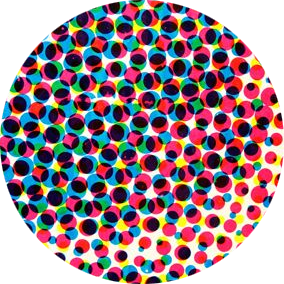An Introduction to “Alias”

“Alias” by Brian Michael Bendis & Michael Gaydos with covers by David Mack ran for 28 issues from 2001-2004. It was the first title in Marvel’s MAX imprint for “mature” readers & puts its creative freedom to good use introducing a revolutionary female character—Jessica Jones. 1/9




Throughout the series, Jessica’s reckoning with emotional and physical trauma is intertwined with her negotiation of the meaning and function of female identity and power within a culture—and genre—that are presented as clearly misogynistic and patriarchal. 5/9

“Alias” uses superhero metaphors to prompt discussions about problematic tropes related to gender and sexuality. It is also a nuanced & deeply human exploration of traumas both gendered and universal. 6/9

After “Alias,” Jessica stars in “The Pulse” and appears as a backup character in several series, often in the context of raising her daughter with Luke Cage. She got a second solo series in 2016 and currently stars in “The Variants” by Gail Simone & Phil Noto. 7/9

The continued relevance of Jessica’s story was emphasized by the Netflix adaptation “Jessica Jones” (2016-19), which earned critical praise for, among other things, its engagement with the #MeToo movement, and has attracted considerable academic attention. 8/9

But our forthcoming series of threads will focus on the original “Alias” series, discussing form, history, and context and why Jessica Jones may be one of the most important superheroes of the 21st century. 9/9
